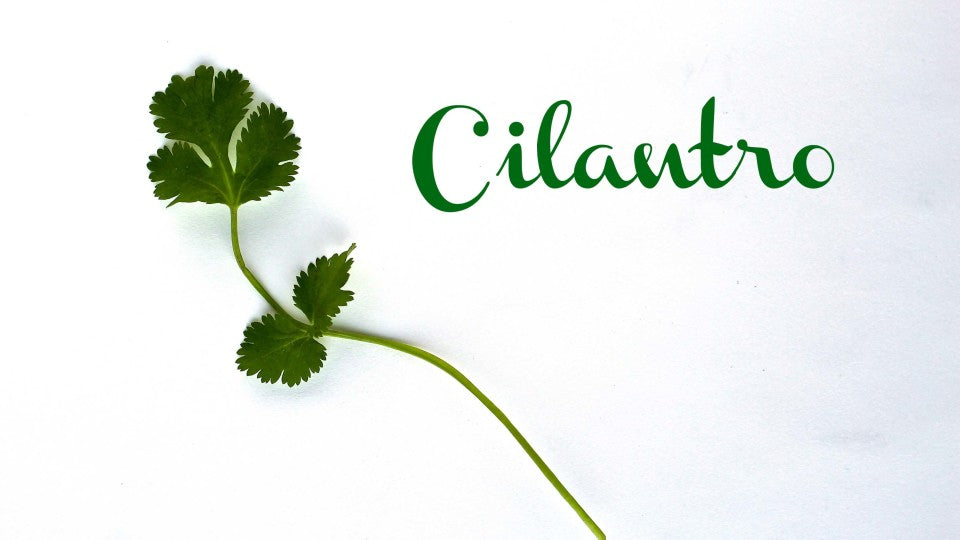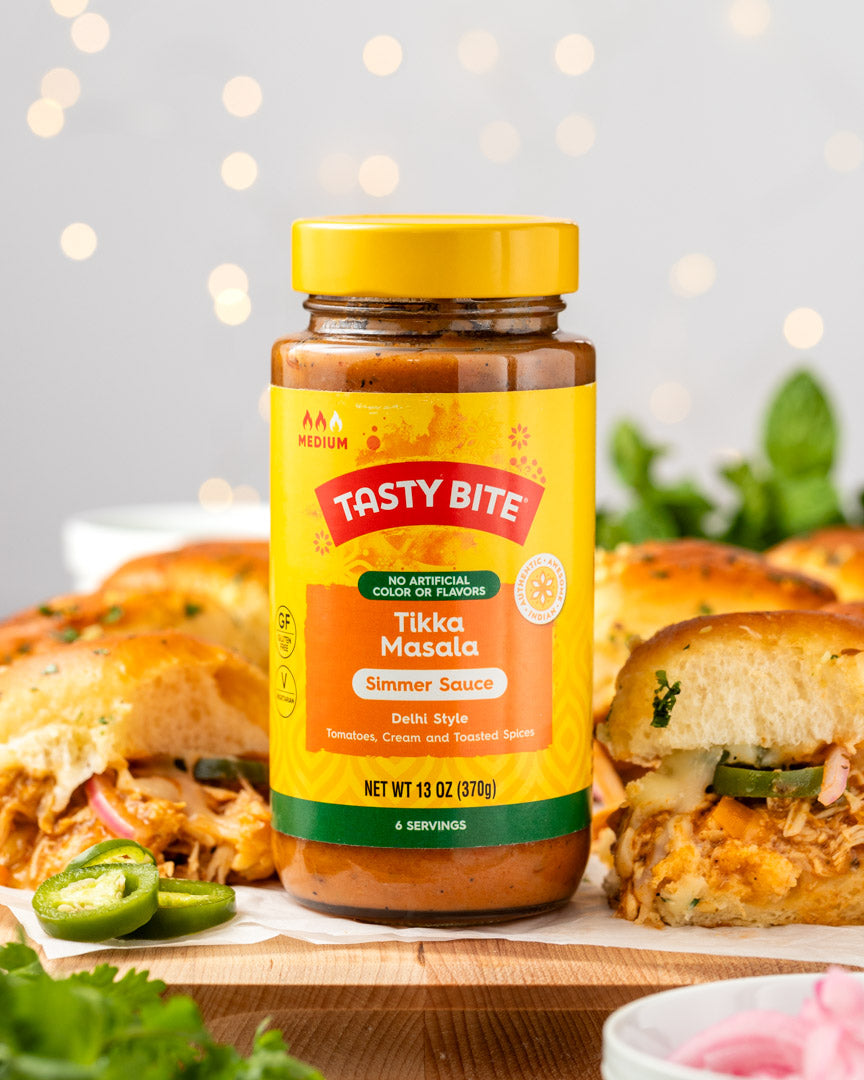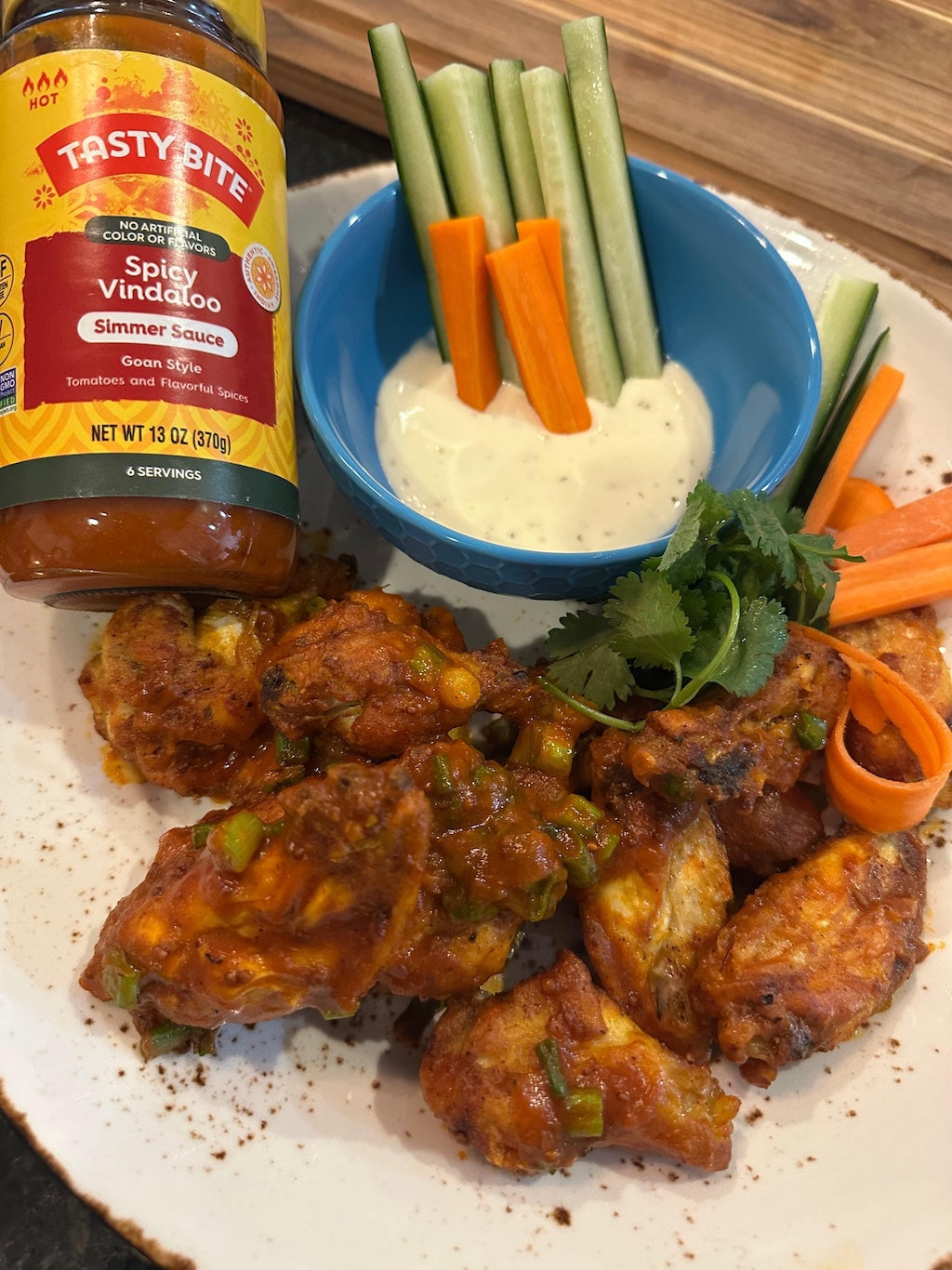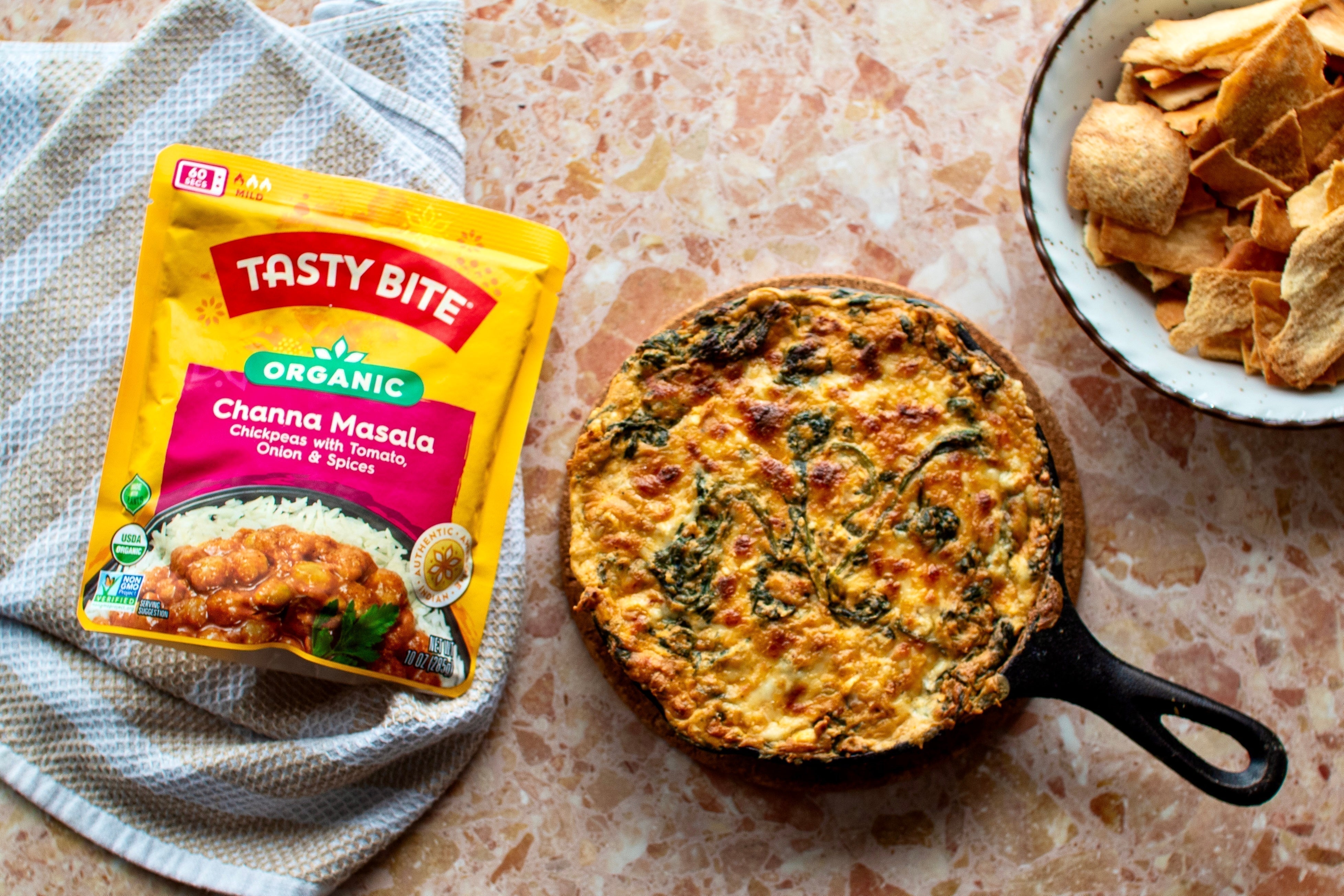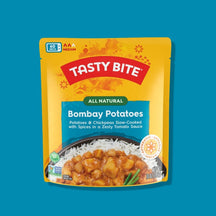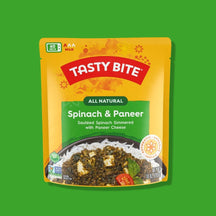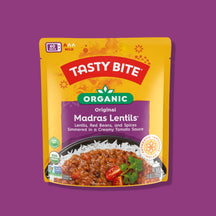Method
Are you a fan of cilantro? Do you love diving into salsas, curries, and pesto sauces that are packed with this flavorful herb? Or do you find its flavor off-putting and avoid it at all costs? Cilantro, also known as Chinese parsley, is definitely a polarizing herb. But whether you love it or hate it, there’s no doubt that this aromatic plant is pretty unique! 1). Cilantro is one of the most widely eaten herbs in the world. Even if you’ve never cooked with cilantro before, you’ve probably eaten it. Cilantro is a dominant ingredient in cuisines around the globe including Indian, Thai, Chinese, Mexican, Caribbean, Mediterranean, North African, and Eastern European. Cilantro grows in regions ranging from southern Europe to northern Africa and western Asia. It’s also one of the world’s oldest herbs and has been used since ancient times. The seeds of the plant, also known as coriander, have even been found in ancient Egyptian tombs. Cilantro made its way over to the Americas in the 1600s when the Europeans first brought it over. 2). There may be a genetic reason why you either love it or hate it. There’s no doubt that cilantro is a divisive herb. Some people find cilantro to be lemony and bright while others get a very negative, soapy smell or taste. Why such differences in opinion? The answer may be in the genes. A 2012 study, which looked at almost 30,000 people, found that there might be a specific gene in the olfactory centers in our brains that some people possess. This gene makes them very sensitive to the aldehydes (organic compounds) that give cilantro its characteristic odor. The good news is that unlike certain genetic variances like height or eye color, our perceptions of cilantro can change over time. If you are sensitive to it, one suggestion is to try crushing the cilantro leaves before eating them (for example, in a pesto). This process releases enzymes that convert the soapy compounds into milder ones.  3). Cilantro comes from the same plant as coriander and the entire plant is edible. Cilantro leaves and coriander seeds actually come from the same plant. Technically, herbs refer to the leafy portions of a plant and can be fresh or dried. Spices, on the other hand, are harvested from any other portion of the plant and are typically dried. Spices usually come from seeds (coriander), berries (peppercorns), roots (ginger), flower buds (cloves), and even the stamens of flowers (saffron). Cilantro has delicate, lacy green leaves, resembling flat leaf parsley. It has a pungent, complex, citrusy flavor. Cilantro leaves are often added to a dish just before serving because their flavor diminishes with cooking. Coriander seeds are small and round with a yellowish brown color and longitudinal ridges. They are very aromatic with sweet, citrusy and peppery notes. They are available as whole seeds or ground coriander. Although the leaves and dried seeds are most commonly used in cooking, the entire cilantro plant is edible. The stems of the plant also have a strong flavor and are commonly used in dishes like Thai curry pastes and soups. Cilantro is available year round at the market. When buying it, look for leaves that are vibrant and green (avoid any with a yellowish discoloration) and stems that are firm, not limp. Wash the leaves thoroughly before using them and store them in a resealable plastic bag or wrapped in a slightly damp paper towel. 4). Cilantro has numerous health benefits. Cilantro is low in calories and is packed with an impressive array of nutrients. It contains many phytonutrients- plant-based compounds that have significant health promoting properties. Even ancient physicians like Hippocrates used it medicinally. It’s a powerful antioxidant and also has anti-inflammatory and antibacterial properties. It can lower your cholesterol and is also considered to be a digestive aid, helping to ease nausea. Cilantro is rich in several vitamins like A, C and K. Vitamin A is an antioxidant and is important for healthy eyes, teeth and skin as well as cell growth and a strong immune system. Vitamin C, a powerful antioxidant, helps boost your immune system, keeps your skin healthy, and is essential for tissue repair and wound healing. Vitamin K is essential for normal blood clotting and is important for bone health. Cilantro is also rich in fiber and several minerals like calcium, potassium, iron, magnesium and manganese.
3). Cilantro comes from the same plant as coriander and the entire plant is edible. Cilantro leaves and coriander seeds actually come from the same plant. Technically, herbs refer to the leafy portions of a plant and can be fresh or dried. Spices, on the other hand, are harvested from any other portion of the plant and are typically dried. Spices usually come from seeds (coriander), berries (peppercorns), roots (ginger), flower buds (cloves), and even the stamens of flowers (saffron). Cilantro has delicate, lacy green leaves, resembling flat leaf parsley. It has a pungent, complex, citrusy flavor. Cilantro leaves are often added to a dish just before serving because their flavor diminishes with cooking. Coriander seeds are small and round with a yellowish brown color and longitudinal ridges. They are very aromatic with sweet, citrusy and peppery notes. They are available as whole seeds or ground coriander. Although the leaves and dried seeds are most commonly used in cooking, the entire cilantro plant is edible. The stems of the plant also have a strong flavor and are commonly used in dishes like Thai curry pastes and soups. Cilantro is available year round at the market. When buying it, look for leaves that are vibrant and green (avoid any with a yellowish discoloration) and stems that are firm, not limp. Wash the leaves thoroughly before using them and store them in a resealable plastic bag or wrapped in a slightly damp paper towel. 4). Cilantro has numerous health benefits. Cilantro is low in calories and is packed with an impressive array of nutrients. It contains many phytonutrients- plant-based compounds that have significant health promoting properties. Even ancient physicians like Hippocrates used it medicinally. It’s a powerful antioxidant and also has anti-inflammatory and antibacterial properties. It can lower your cholesterol and is also considered to be a digestive aid, helping to ease nausea. Cilantro is rich in several vitamins like A, C and K. Vitamin A is an antioxidant and is important for healthy eyes, teeth and skin as well as cell growth and a strong immune system. Vitamin C, a powerful antioxidant, helps boost your immune system, keeps your skin healthy, and is essential for tissue repair and wound healing. Vitamin K is essential for normal blood clotting and is important for bone health. Cilantro is also rich in fiber and several minerals like calcium, potassium, iron, magnesium and manganese.  5). Cilantro is an extremely versatile ingredient. Cilantro can be used in a number of ways. The leaves can be enjoyed raw or cooked. It adds excellent flavor to salads, salsa, chutney, pesto, sauces, dips, and dressings. It’s most commonly added just before a dish is served or as a garnish on top because heat diminishes its flavor. However, in many Indian and Central Asian recipes, large amounts of cilantro are cooked in the dish to add depth of flavor. Cilantro pairs well with a wide variety of foods like: avocado, beans, cheese, chicken, eggs, fish, lamb, lentils, mayonnaise, peppers, pork, rice, salads, salsas, shellfish, tomatoes, and yogurt. In Indian cuisine, you’ll often find it in both meat and vegetarian dishes such as lentils and rice. It’s hard to imagine dishes from Mexico or the Southwestern US without cilantro, as it’s a staple in dishes like salsa, guacamole, burritos, and chili. In the Middle East it’s used in pickles, kabobs, curries and chutneys. And it’s a staple ingredient in Thai curries and Chinese dishes as well. Coriander, although it comes from the same plant as cilantro, has a very different flavor profile. It’s earthier with a spicy, citrus flavor. It’s a main ingredient in garam masala, the Indian spice mix. It’s also a major ingredient in Middle Eastern and Asian cuisines. In addition, coriander seeds are commonly added to pickling spices when making pickled vegetables like dill pickles. They’re even used to brew certain types of beer, in particular Belgian wheat beers. Looking for some recipe ideas with cilantro? Here are some links: Indian Spiced Eggplant (Baingan Bharta) (dining-with-doc-indian-spiced-eggplant.html) Avocado Yogurt Dip dining-with-doc-avocado-yogurt-dip.html Spiced Cauliflower, Dried Plum and Caramelized Onion Flatbread dining-with-doc-spiced-cauliflower.html Chickpea and Spinach Curry chickpea-and-spinach-curry.html Chipotle Sweet Potato Soup dining-with-doc-chipotle-sweet-potato.html Super Easy Refrigerator Dill Pickles dining-with-doc-super-easy-refrigerator.html
5). Cilantro is an extremely versatile ingredient. Cilantro can be used in a number of ways. The leaves can be enjoyed raw or cooked. It adds excellent flavor to salads, salsa, chutney, pesto, sauces, dips, and dressings. It’s most commonly added just before a dish is served or as a garnish on top because heat diminishes its flavor. However, in many Indian and Central Asian recipes, large amounts of cilantro are cooked in the dish to add depth of flavor. Cilantro pairs well with a wide variety of foods like: avocado, beans, cheese, chicken, eggs, fish, lamb, lentils, mayonnaise, peppers, pork, rice, salads, salsas, shellfish, tomatoes, and yogurt. In Indian cuisine, you’ll often find it in both meat and vegetarian dishes such as lentils and rice. It’s hard to imagine dishes from Mexico or the Southwestern US without cilantro, as it’s a staple in dishes like salsa, guacamole, burritos, and chili. In the Middle East it’s used in pickles, kabobs, curries and chutneys. And it’s a staple ingredient in Thai curries and Chinese dishes as well. Coriander, although it comes from the same plant as cilantro, has a very different flavor profile. It’s earthier with a spicy, citrus flavor. It’s a main ingredient in garam masala, the Indian spice mix. It’s also a major ingredient in Middle Eastern and Asian cuisines. In addition, coriander seeds are commonly added to pickling spices when making pickled vegetables like dill pickles. They’re even used to brew certain types of beer, in particular Belgian wheat beers. Looking for some recipe ideas with cilantro? Here are some links: Indian Spiced Eggplant (Baingan Bharta) (dining-with-doc-indian-spiced-eggplant.html) Avocado Yogurt Dip dining-with-doc-avocado-yogurt-dip.html Spiced Cauliflower, Dried Plum and Caramelized Onion Flatbread dining-with-doc-spiced-cauliflower.html Chickpea and Spinach Curry chickpea-and-spinach-curry.html Chipotle Sweet Potato Soup dining-with-doc-chipotle-sweet-potato.html Super Easy Refrigerator Dill Pickles dining-with-doc-super-easy-refrigerator.html 
 3). Cilantro comes from the same plant as coriander and the entire plant is edible. Cilantro leaves and coriander seeds actually come from the same plant. Technically, herbs refer to the leafy portions of a plant and can be fresh or dried. Spices, on the other hand, are harvested from any other portion of the plant and are typically dried. Spices usually come from seeds (coriander), berries (peppercorns), roots (ginger), flower buds (cloves), and even the stamens of flowers (saffron). Cilantro has delicate, lacy green leaves, resembling flat leaf parsley. It has a pungent, complex, citrusy flavor. Cilantro leaves are often added to a dish just before serving because their flavor diminishes with cooking. Coriander seeds are small and round with a yellowish brown color and longitudinal ridges. They are very aromatic with sweet, citrusy and peppery notes. They are available as whole seeds or ground coriander. Although the leaves and dried seeds are most commonly used in cooking, the entire cilantro plant is edible. The stems of the plant also have a strong flavor and are commonly used in dishes like Thai curry pastes and soups. Cilantro is available year round at the market. When buying it, look for leaves that are vibrant and green (avoid any with a yellowish discoloration) and stems that are firm, not limp. Wash the leaves thoroughly before using them and store them in a resealable plastic bag or wrapped in a slightly damp paper towel. 4). Cilantro has numerous health benefits. Cilantro is low in calories and is packed with an impressive array of nutrients. It contains many phytonutrients- plant-based compounds that have significant health promoting properties. Even ancient physicians like Hippocrates used it medicinally. It’s a powerful antioxidant and also has anti-inflammatory and antibacterial properties. It can lower your cholesterol and is also considered to be a digestive aid, helping to ease nausea. Cilantro is rich in several vitamins like A, C and K. Vitamin A is an antioxidant and is important for healthy eyes, teeth and skin as well as cell growth and a strong immune system. Vitamin C, a powerful antioxidant, helps boost your immune system, keeps your skin healthy, and is essential for tissue repair and wound healing. Vitamin K is essential for normal blood clotting and is important for bone health. Cilantro is also rich in fiber and several minerals like calcium, potassium, iron, magnesium and manganese.
3). Cilantro comes from the same plant as coriander and the entire plant is edible. Cilantro leaves and coriander seeds actually come from the same plant. Technically, herbs refer to the leafy portions of a plant and can be fresh or dried. Spices, on the other hand, are harvested from any other portion of the plant and are typically dried. Spices usually come from seeds (coriander), berries (peppercorns), roots (ginger), flower buds (cloves), and even the stamens of flowers (saffron). Cilantro has delicate, lacy green leaves, resembling flat leaf parsley. It has a pungent, complex, citrusy flavor. Cilantro leaves are often added to a dish just before serving because their flavor diminishes with cooking. Coriander seeds are small and round with a yellowish brown color and longitudinal ridges. They are very aromatic with sweet, citrusy and peppery notes. They are available as whole seeds or ground coriander. Although the leaves and dried seeds are most commonly used in cooking, the entire cilantro plant is edible. The stems of the plant also have a strong flavor and are commonly used in dishes like Thai curry pastes and soups. Cilantro is available year round at the market. When buying it, look for leaves that are vibrant and green (avoid any with a yellowish discoloration) and stems that are firm, not limp. Wash the leaves thoroughly before using them and store them in a resealable plastic bag or wrapped in a slightly damp paper towel. 4). Cilantro has numerous health benefits. Cilantro is low in calories and is packed with an impressive array of nutrients. It contains many phytonutrients- plant-based compounds that have significant health promoting properties. Even ancient physicians like Hippocrates used it medicinally. It’s a powerful antioxidant and also has anti-inflammatory and antibacterial properties. It can lower your cholesterol and is also considered to be a digestive aid, helping to ease nausea. Cilantro is rich in several vitamins like A, C and K. Vitamin A is an antioxidant and is important for healthy eyes, teeth and skin as well as cell growth and a strong immune system. Vitamin C, a powerful antioxidant, helps boost your immune system, keeps your skin healthy, and is essential for tissue repair and wound healing. Vitamin K is essential for normal blood clotting and is important for bone health. Cilantro is also rich in fiber and several minerals like calcium, potassium, iron, magnesium and manganese.  5). Cilantro is an extremely versatile ingredient. Cilantro can be used in a number of ways. The leaves can be enjoyed raw or cooked. It adds excellent flavor to salads, salsa, chutney, pesto, sauces, dips, and dressings. It’s most commonly added just before a dish is served or as a garnish on top because heat diminishes its flavor. However, in many Indian and Central Asian recipes, large amounts of cilantro are cooked in the dish to add depth of flavor. Cilantro pairs well with a wide variety of foods like: avocado, beans, cheese, chicken, eggs, fish, lamb, lentils, mayonnaise, peppers, pork, rice, salads, salsas, shellfish, tomatoes, and yogurt. In Indian cuisine, you’ll often find it in both meat and vegetarian dishes such as lentils and rice. It’s hard to imagine dishes from Mexico or the Southwestern US without cilantro, as it’s a staple in dishes like salsa, guacamole, burritos, and chili. In the Middle East it’s used in pickles, kabobs, curries and chutneys. And it’s a staple ingredient in Thai curries and Chinese dishes as well. Coriander, although it comes from the same plant as cilantro, has a very different flavor profile. It’s earthier with a spicy, citrus flavor. It’s a main ingredient in garam masala, the Indian spice mix. It’s also a major ingredient in Middle Eastern and Asian cuisines. In addition, coriander seeds are commonly added to pickling spices when making pickled vegetables like dill pickles. They’re even used to brew certain types of beer, in particular Belgian wheat beers. Looking for some recipe ideas with cilantro? Here are some links: Indian Spiced Eggplant (Baingan Bharta) (dining-with-doc-indian-spiced-eggplant.html) Avocado Yogurt Dip dining-with-doc-avocado-yogurt-dip.html Spiced Cauliflower, Dried Plum and Caramelized Onion Flatbread dining-with-doc-spiced-cauliflower.html Chickpea and Spinach Curry chickpea-and-spinach-curry.html Chipotle Sweet Potato Soup dining-with-doc-chipotle-sweet-potato.html Super Easy Refrigerator Dill Pickles dining-with-doc-super-easy-refrigerator.html
5). Cilantro is an extremely versatile ingredient. Cilantro can be used in a number of ways. The leaves can be enjoyed raw or cooked. It adds excellent flavor to salads, salsa, chutney, pesto, sauces, dips, and dressings. It’s most commonly added just before a dish is served or as a garnish on top because heat diminishes its flavor. However, in many Indian and Central Asian recipes, large amounts of cilantro are cooked in the dish to add depth of flavor. Cilantro pairs well with a wide variety of foods like: avocado, beans, cheese, chicken, eggs, fish, lamb, lentils, mayonnaise, peppers, pork, rice, salads, salsas, shellfish, tomatoes, and yogurt. In Indian cuisine, you’ll often find it in both meat and vegetarian dishes such as lentils and rice. It’s hard to imagine dishes from Mexico or the Southwestern US without cilantro, as it’s a staple in dishes like salsa, guacamole, burritos, and chili. In the Middle East it’s used in pickles, kabobs, curries and chutneys. And it’s a staple ingredient in Thai curries and Chinese dishes as well. Coriander, although it comes from the same plant as cilantro, has a very different flavor profile. It’s earthier with a spicy, citrus flavor. It’s a main ingredient in garam masala, the Indian spice mix. It’s also a major ingredient in Middle Eastern and Asian cuisines. In addition, coriander seeds are commonly added to pickling spices when making pickled vegetables like dill pickles. They’re even used to brew certain types of beer, in particular Belgian wheat beers. Looking for some recipe ideas with cilantro? Here are some links: Indian Spiced Eggplant (Baingan Bharta) (dining-with-doc-indian-spiced-eggplant.html) Avocado Yogurt Dip dining-with-doc-avocado-yogurt-dip.html Spiced Cauliflower, Dried Plum and Caramelized Onion Flatbread dining-with-doc-spiced-cauliflower.html Chickpea and Spinach Curry chickpea-and-spinach-curry.html Chipotle Sweet Potato Soup dining-with-doc-chipotle-sweet-potato.html Super Easy Refrigerator Dill Pickles dining-with-doc-super-easy-refrigerator.html 
Share

